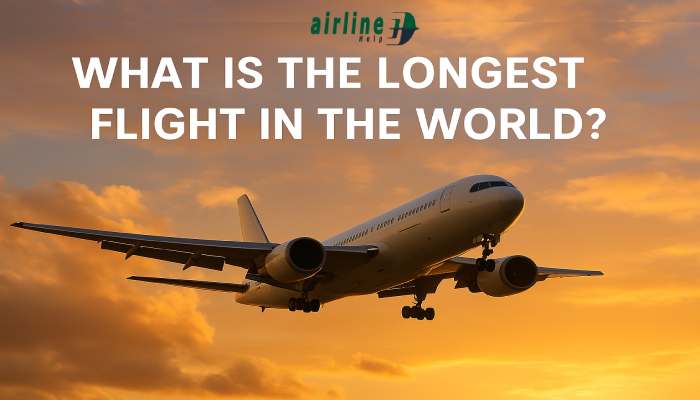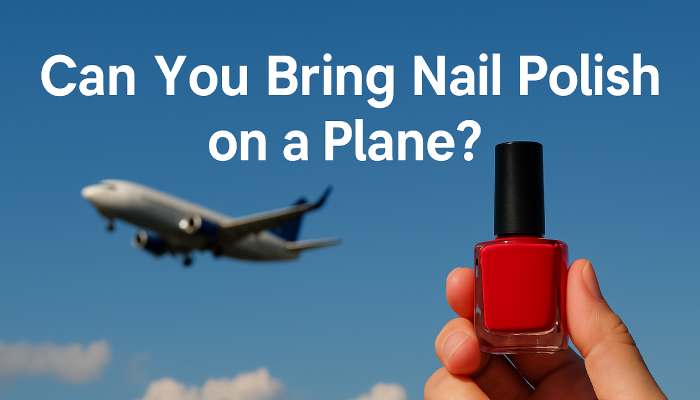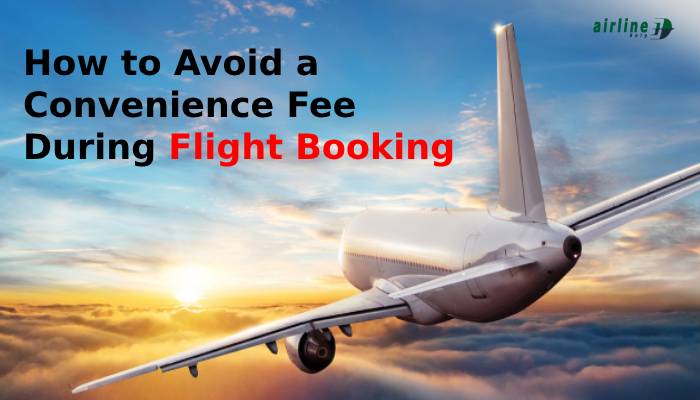Air travel has changed the way people move around the globe. In the past, long international flights meant several stopovers, hours of layovers, and lots of hassle. But today, airlines operate some of the longest nonstop flights in the world, giving travelers a direct and smooth journey across continents.
So, what is the longest flight in the world? How long does it take? Which airlines offer these ultra-long-haul routes?
Let’s explore everything you need to know — from flight times to aircraft details, and tips to stay comfortable in the air.
What Does “Longest Flight” Actually Mean?
When someone asks about the longest flight in the world, there are two ways to look at it:
- By distance (miles flown between two airports)
- By duration (how many hours the flight stays in the air)
The top contenders rank high on both. Weather, air traffic, and route changes can impact time, so many airlines use a flexible route model.
The top flights today all last over 17 hours and cross nearly 9,000 to 10,000 miles — without stopping once.
Current Longest Flights in the World (2024–2025)
1. New York (JFK) → Singapore (SIN)
- Airline: Singapore Airlines
- Flight time: 18 hours, 40 minutes
- Distance: 9,537 miles
- Aircraft: Airbus A350-900ULR
- Class Options: Premium Economy, Business Class
This flight is currently the longest nonstop commercial flight in the world. The aircraft skips economy class completely to offer more comfort for such a long journey.
➡️ Tip: Bring a travel pillow, noise-canceling headphones, and an eye mask.
Need help? Airline Help is here for you! Call 800-594(4991) (OTA) and let our experts guide you with the best fare options.
2. Singapore (SIN) → Newark (EWR)
- Airline: Singapore Airlines
- Flight time: 18 hours, 25 minutes
- Distance: 9,523 miles
- Aircraft: Airbus A350-900ULR
The return leg from Singapore to the U.S. East Coast follows a similar flight path and uses the same aircraft model.
➡️ Tip: Adjust your sleep schedule 2 days before departure to reduce jet lag.
3. San Francisco (SFO) → Bengaluru (BLR)
- Airline: Air India
- Flight time: 17 hours, 55 minutes
- Distance: 8,701 miles
- Aircraft: Boeing 777-200LR
This flight connects two major tech hubs: Silicon Valley and Bengaluru. The aircraft includes business, premium economy, and regular economy seating.
4. New York (JFK) → Auckland (AKL)
- Airline: Air New Zealand
- Flight time: 18 hours
- Distance: 8,828 miles
- Aircraft: Boeing 787-9 Dreamliner
Air New Zealand’s Dreamliner features a special “Skycouch” in economy class — where 3 seats turn into a small bed-like space.
➡️ Tip: Book “Skycouch” for a more relaxing economy experience.
5. Los Angeles (LAX) → Singapore (SIN)
- Airline: Singapore Airlines
- Flight time: 17 hours, 35 minutes
- Distance: 8,770 miles
Another top long-haul flight that connects the U.S. West Coast with Southeast Asia.
6. Perth (PER) → London (LHR)
- Airline: Qantas
- Flight time: 17 hours, 30 minutes
- Distance: 9,009 miles
Qantas made history with this route as the first direct link between Australia and the UK. The journey skips the need for stopovers in the Middle East or Asia.
➡️ Tip: Walk the aisles every few hours to keep blood flowing.
Need to book long-haul seats quickly? Call Airline Help at 800-594(4991) (OTA) — we’ll assist you with real-time updates and support.
How Are These Flights Even Possible?
Not long ago, flights over 15 hours were rare. But with new aircraft tech and rising global demand, airlines now push boundaries.
Here’s what makes it possible:
✅ Advanced Aircraft
Planes like the Airbus A350-900ULR and Boeing 787 Dreamliner are built for long-range flights. They use lighter materials, burn fuel efficiently, and reduce noise.
✅ Smart Routing
Airlines now use flexible routes that adjust to jet streams and wind patterns, saving fuel and time.
✅ Better Cabin Comfort
Longer flights mean more focus on passenger wellness. Many airlines now offer:
- More legroom
- Larger windows
- Higher cabin humidity
- Modern in-flight entertainment systems
How to Survive a 17–18 Hour Flight
Being in the air for nearly a day is no small task. But the right preparation can make it more comfortable.
Stay Hydrated
Drink water every hour. Avoid alcohol, as it dehydrates you faster at high altitudes.
Dress in Layers
Cabins get cold. Wear loose clothes and pack an extra layer in your carry-on.
Bring the Right Gear
Pack your own sleep kit. A neck pillow, blanket, and noise-canceling headphones help you rest better.
Pick the Best Seat
For sleep: go window seat.
For moving around: go aisle.
➡️ Tip: Avoid middle seats on long-haul routes. Book early for better options.
Airports That Handle These Giants
These flights operate out of some of the Largest Airports in the World. These hubs handle massive aircraft, long runways, and nonstop global traffic.
Notable ones include:
- JFK – New York
- Changi – Singapore
- LHR – London
- LAX – Los Angeles
- Doha (DOH) – Qatar
They also offer top-class lounges, spas, and duty-free shopping for long-haul flyers.
Why Are Ultra-Long Flights Popular Now?
Airlines and passengers both benefit from long-haul routes:
- Business travelers save time with direct options.
- Tourists skip layovers.
- Airlines reduce ground costs.
- Fuel-efficient aircraft make it cost-effective.
With growing interest in online air tickets booking, travelers are searching for faster, no-layover options more than ever.
What’s Next for Longest Flights?
The race isn’t over.
In 2025, Qantas plans to launch a new route from New York to Sydney, which will cross 10,000+ miles and last over 20 hours. This will become the longest flight ever operated.
The aircraft will include “wellness zones,” standing spaces, and sleep-friendly cabins.
➡️ Tip: For upcoming flights, book 3–4 months early to get lower fares and better seats.
Final Thoughts
Flying nonstop across the globe is no longer a fantasy. These record-breaking flights connect people, places, and cultures faster than ever. The longest flight in the world is more than just a journey — it’s a symbol of how far aviation has come.
Whether you’re flying for business or vacation, Airline Help is here to guide you. Call us at 800-594(4991) (OTA) and let our team help you with Flight Booking Travel Guide, long-haul planning, and flexible options.
Fly smarter. Choose comfort. Skip the layover.
Frequently Asked Questions (FAQs)
Q1. What is the longest flight in the world?
The longest flight right now is from New York (JFK) to Singapore (SIN). It takes about 18 hours and 40 minutes without any stops.
Q2. Does the plane stop during the flight?
No. These flights are nonstop. The plane takes off and lands only once.
Q3. Can I book economy class on these flights?
Some airlines offer economy class. Others, like Singapore Airlines, only have premium economy and business class for longer flights.
Q4. Is it okay to fly for 18 hours?
Yes. These flights use safe and modern aircraft. Just drink water, move your legs, and wear comfy clothes.
Q5. Who can help me book these flights?
You can call Airline Help at 800-594(4991) (OTA). We help with flight options, booking, and planning tips.


